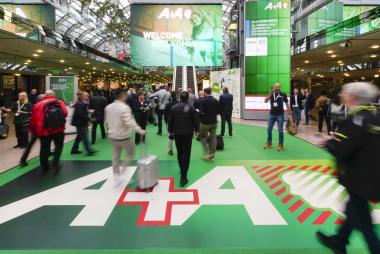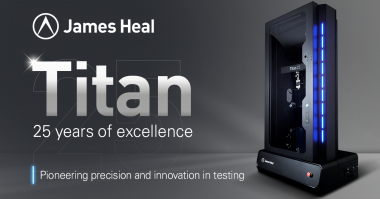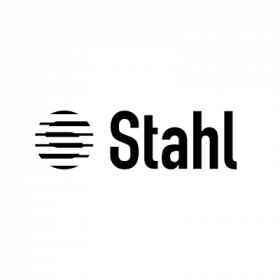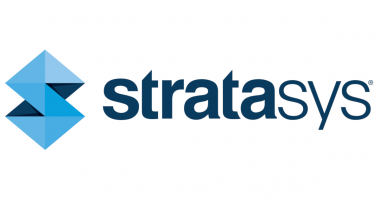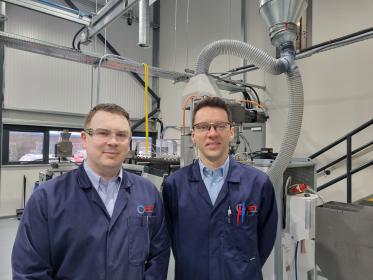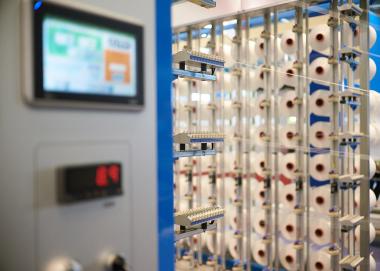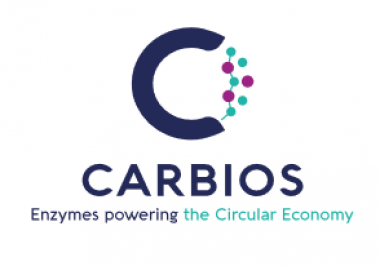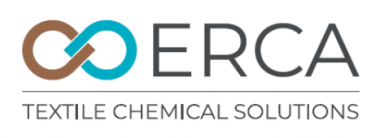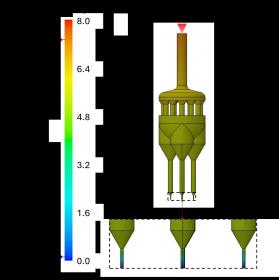TOS+H Expo 2024: Successful closing
The fifth TOS+H Expo, held in Istanbul from 2 to 4 May 2024, was with 4,143 visitors from 53 countries a resounding success. At the 3-day event 163 exhibitors from 19 countries presented innovative products and technologies in occupational safety and health such as Personal Protective Equipment (PPE), smart wearables, AI-based health coaches and Virtual Reality applications.
The trade fair was opened by Mr Sadik Ayhan Saruhan, Vice-President of the Istanbul Chamber of Industry and organiser of the concurrently held symposium along with Mrs Eylül Aydin Kutlu and Muhammet Kamil Isik, both Deputy General Directors at the Turkish Ministry of Labour and Social Security, as well as Mrs Petra Cullmann, Executive Director at Messe Düsseldorf.
The symposium on occupational safety and social security held concurrently by the Istanbul Chamber of Industry attracted over 1,670 participants. In 16 meetings relevant topics such as safety and the prevention of occupational accidents, occupational safety practices in companies and government/local authorities as well as earthquake and disaster relief were discussed.
The Turkish Ministry of Labour and Social Security was not only involved in the opening ceremony but also actively represented with its own stand. This illustrates the growing importance of safety at work and occupational safety standards in Türkiye.
“TOS+H Expo has proven an indispensable platform, not just for presenting innovative products and technologies but also for the exchange between regional experts and international manufacturers that drives progress in the field of safety and health at the workplace. The combination between exhibition and symposium makes a decisive contribution to the development of new standards for a safe world of work in Turkey,” explains Petra Cullmann.
Messe Düsseldorf GmbH


